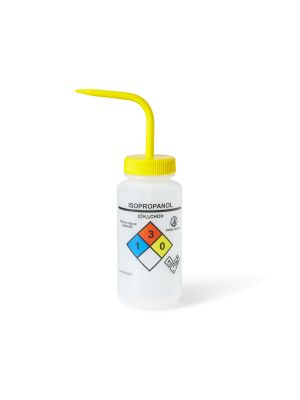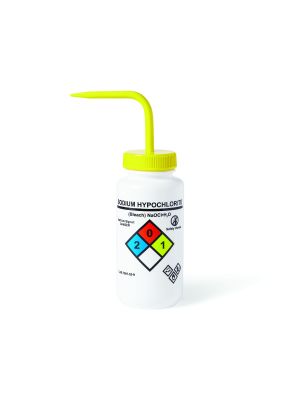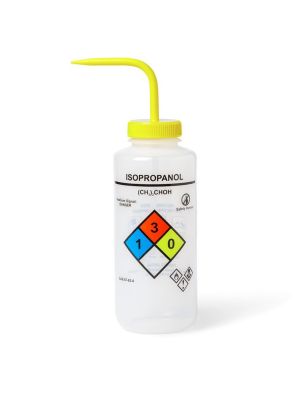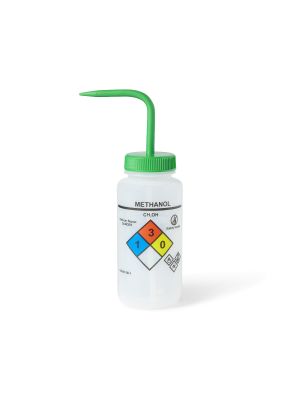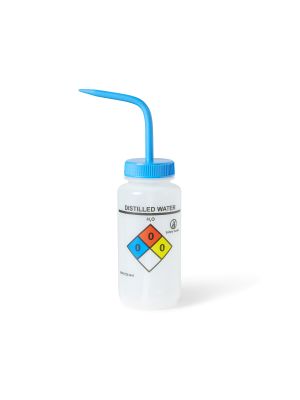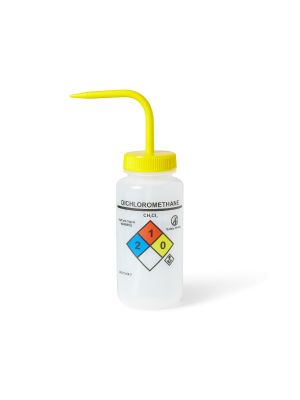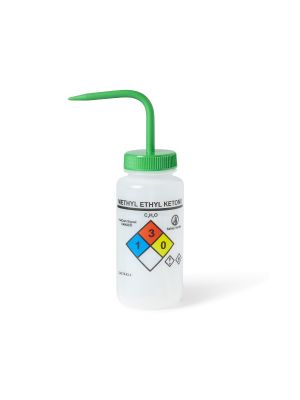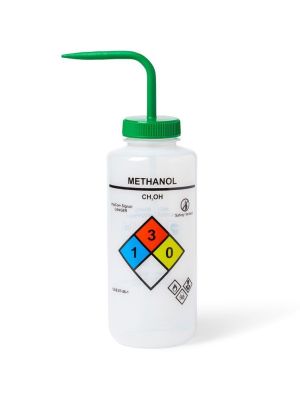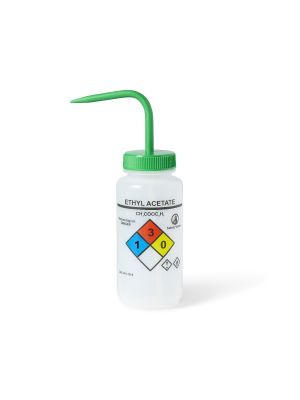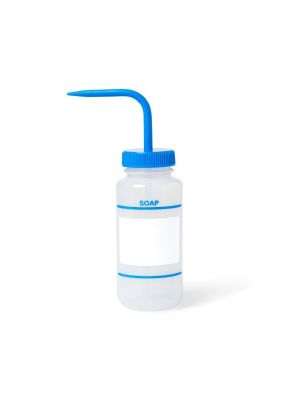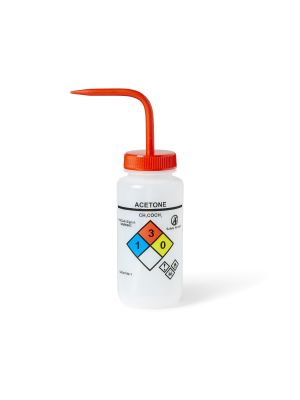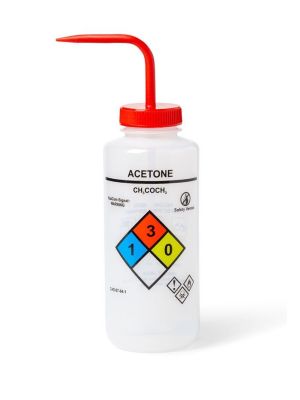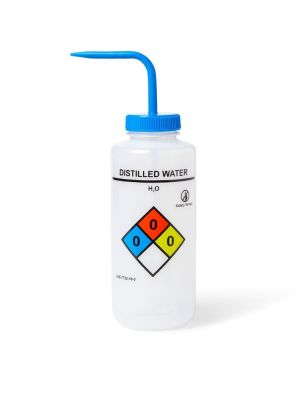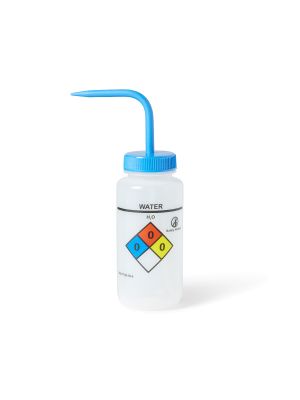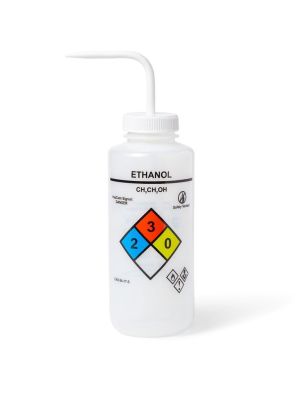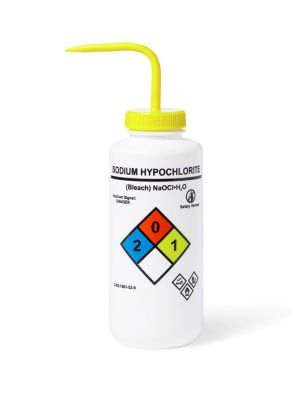Wash Bottles

As a scientist, wash bottles are an important tool used in laboratories for a variety of purposes, such as rinsing glassware, adding reagents to a reaction mixture, and dispensing small amounts of liquid. Wash bottles can be classified based on various factors, such as their material of construction, capacity, and design features.
In terms of material of construction, wash bottles are typically made from glass, polyethylene (PE), or polypropylene (PP). Glass bottles are highly durable and resistant to chemicals and solvents, but they can be fragile and more prone to breaking. PE and PP bottles, on the other hand, are lightweight, durable, and resistant to chemicals, making them ideal for general laboratory use.
Wash bottles can also be classified based on their capacity, which ranges from small volumes of 50 mL to larger volumes of 1000 mL or more. The choice of capacity depends on the intended use of the wash bottle.
Finally, wash bottles may feature different design elements, such as vented or non-vented caps, angled necks, and precision tips. Vented wash bottles are designed to prevent the buildup of static electricity and reduce the risk of fire when dispensing flammable liquids, such as acetone. Angled necks and precision tips are designed to provide better control and accuracy when dispensing liquids, which is particularly important for experiments that require precise measurements.
In conclusion, wash bottles are an important tool for scientists and can be classified based on their material of construction, capacity, and design features. Choosing the right wash bottle for the task at hand is essential for successful laboratory experiments and research.

